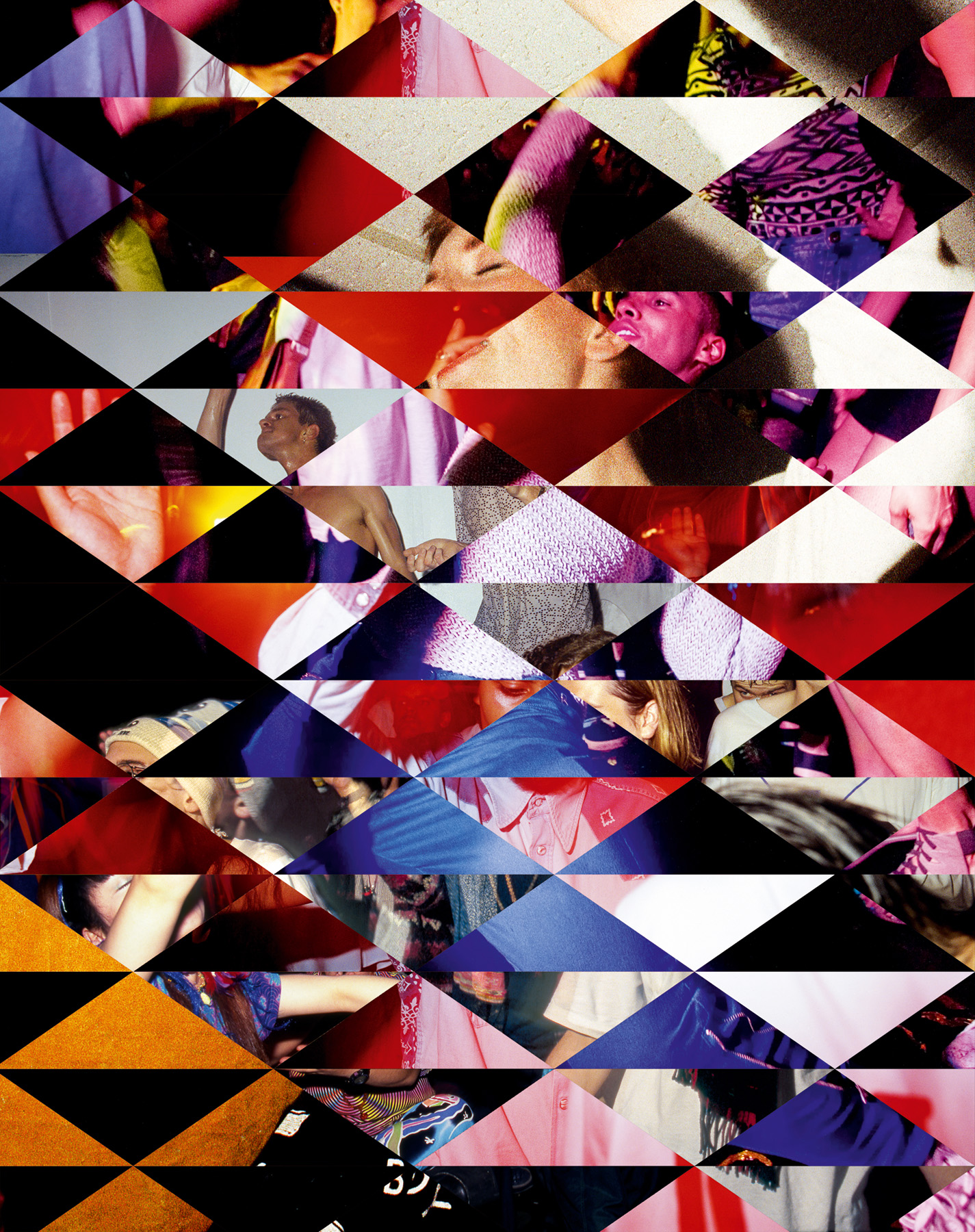Hank Willis Thomas, Kwame Brathwaite: Black Is Beautiful, 2022
Brathwaite photographs courtesy the Kwame Brathwaite Archive
For Aperture‘s “70th Anniversary” issue, seven photographers were invited to consider a single issue, an article, an idea, or even an omission, from a decade of the magazine’s history. In an original commission, Hank Willis Thomas reflects on the 2010s.
Kwame Brathwaite, the Harlem photographer who helped popularize the clarion slogan “Black is beautiful,” was known as the “Keeper of the Images.” His pictures of Black models and musicians from the 1960s are essential documents that radiated from New York during an era of Black and African independence campaigns. Although known to scholars and archivists, Brathwaite’s work didn’t reach a wider audience until Aperture’s 2017 “Elements of Style” issue. As an elder statesman of the Black freedom movement, Brathwaite became the “keeper of the stories, too,” Tanisha C. Ford wrote. “If he didn’t share this history, it would be lost to time.”


The artist Hank Willis Thomas is also a keeper of the images. “Sometimes I see myself as a visual-culture archaeologist or DJ,” he explains. “All of my work is about framing and context.” In this series of collages, which reference traditional quilt patterning, Thomas draws on stories from Aperture in the 2010s, a decade during which looking back was as vital as looking forward. He sets in kaleidoscopic motion an energetic range of associations and styles: Joel Meyerowitz’s stately portraits from Provincetown in the era before AIDS and Nick Sethi’s dizzying chronicle of a festival for a transgender community in India; Renée Cox’s self-portraits about power and Dave Swindells’s endless nights on London’s dance floors. Revivifying history, remixing the present. Thomas sees these collages as a collaboration with peers and mentors he’s long admired. “The process of weaving these images has been revelatory,” he says. “Through this blending, I was able to engage more intimately with the images, the subject matter, and the journey of the image maker.”




All photographs for Aperture. Courtesy the artist and Jack Shainman Gallery, New York
This piece originally appeared in Aperture, issue 248, “The 70th Anniversary Issue.”






























